Data has become the foundation of almost every digital system we use today. From websites and mobile apps to artificial intelligence tools, data drives everything. However, how this data is stored makes a huge difference. This brings us to the difference between non-relational databases and relational databases, which are key topics in modern technology. Relational databases have served businesses for decades with their structured approach.
Meanwhile, non-relational databases offer flexibility for handling diverse and growing data needs. Knowing how these two database types work, their strengths, and where they fit best is essential for making smart decisions in today’s data-driven world.
A relational database is a structured way to store and manage data that has shaped the digital world for decades. First introduced in the 1970s, relational databases organize information into tables made up of rows and columns, similar to a spreadsheet. But what sets them apart is their strict structure, known as a schema, which defines how data should be stored before anything gets added.
Relational databases use SQL (Structured Query Language) as the standard tool for interacting with data. SQL allows users to easily search, update, insert, or delete records across different tables while maintaining accuracy. The power of relational databases comes from the way tables are connected — using primary keys and foreign keys — ensuring relationships between data stay intact and reducing duplication.
These databases are trusted in environments where data accuracy and consistency are critical. Industries like banking, healthcare, retail, and human resources rely heavily on them to manage customer records, financial transactions, and inventory systems. Popular relational database systems include MySQL, PostgreSQL, Oracle Database, and Microsoft SQL Server. They also guarantee reliability through ACID properties, making sure data remains accurate and safe even in the event of system failures.
A non-relational database—often called a NoSQL database—is built for today's data needs: fast, flexible, and able to scale without hassle. The difference between non-relational databases and relational databases becomes clear when you look at how they handle data. Instead of using rigid tables with rows and columns like traditional systems, non-relational databases store information in formats like key-value pairs, JSON-like documents, graphs, or wide-column structures. This setup is ideal for unstructured or semi-structured data—think social media feeds, product catalogs, IoT sensor outputs, or images and videos.
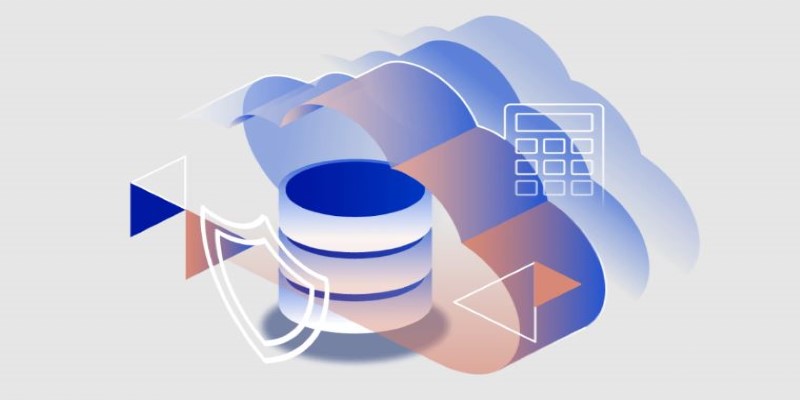
These databases don't rely on a fixed schema, so the data model can evolve without breaking things. That's a big win for developers building modern, fast-changing apps. Examples include MongoDB for documents, Redis for key-value storage, Cassandra for columnar data, and Neo4j for complex networks and relationships.
Another strength of non-relational databases is scalability. They grow easily by adding servers, not upgrading one machine. This horizontal scaling makes them a top choice for real-time analytics, big data workloads, mobile apps, and dynamic web platforms that demand speed and adaptability across massive datasets.
To fully grasp the difference between non-relational databases and relational databases, it's important to break down their core distinctions across various dimensions like structure, scalability, flexibility, and use cases.
Relational databases are structured and rigid. Every piece of data must fit into a predefined schema with tables, rows, and columns. This ensures accuracy and reduces the chance of data errors. However, this structure can also slow down the process when changes are needed.
Non-relational databases provide flexibility. There is no strict schema, allowing developers to store different types of data in the same database without adjusting the structure each time. This is particularly valuable when dealing with evolving or unpredictable data formats.
Relational databases typically scale vertically, which means performance improvement often requires more powerful hardware — faster processors or larger memory on a single server.
Non-relational databases scale horizontally. They can expand by adding more servers to distribute the load, making them perfect for applications that need to handle large volumes of data or traffic across multiple locations.
Relational databases provide consistency and reliability, but they may struggle with speed when handling unstructured or complex data at scale. The strict schema and relational joins can create bottlenecks during queries.
Non-relational databases offer faster performance for large-scale or unstructured data because they minimize complex joins and allow for quicker access patterns suited to modern application needs.
One of the defining features of relational databases is their support for ACID transactions. This ensures that each transaction is processed reliably and the data remains consistent even in cases of system failure.
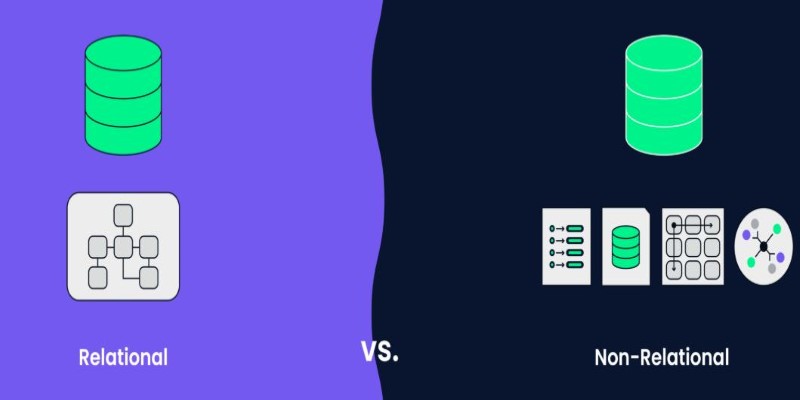
Non-relational databases may compromise on strict consistency to achieve better speed and availability. Many non-relational systems follow the BASE model (Basically Available, Soft state, Eventually consistent), which trades immediate consistency for better performance and scalability.
Relational databases are ideal for applications where data integrity and consistency are critical. Financial systems, ERP software, and government databases rely heavily on relational databases to ensure data accuracy.
Non-relational databases shine in scenarios where speed, flexibility, and scalability are essential. Applications like real-time analytics, social media platforms, recommendation engines, and content delivery networks often leverage non-relational databases.
Understanding the Difference Between Non-Relational Databases and Relational Databases helps businesses choose the right system for their data needs. Relational databases offer structure, consistency, and reliability, making them perfect for organized and transactional data. In contrast, non-relational databases provide flexibility, speed, and scalability, which are essential for handling large-scale, unstructured, or fast-changing data. Neither database type is universally better; it all depends on your project's goals, data type, and performance requirements. Making an informed choice ensures better data management, improved performance, and long-term success in today's digital landscape.

How to use MongoDB with Pandas, NumPy, and PyArrow in Python to store, analyze, compute, and exchange data effectively. A practical guide to combining flexible storage with fast processing
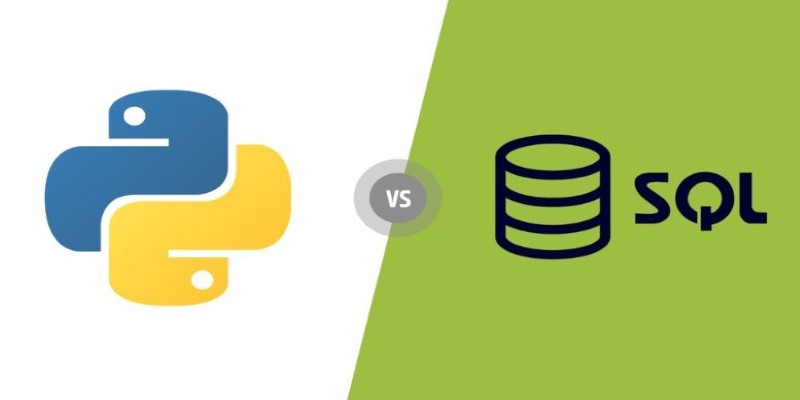
Find out the key differences between SQL and Python to help you choose the best language for your data projects. Learn their strengths, use cases, and how they work together effectively

Wondering whether to use Streamlit or Gradio for your Python dashboard? Discover the key differences in setup, customization, use cases, and deployment to pick the best tool for your project

How the AI Robotics Accelerator Program is helping universities advance robotics research with funding, mentorship, and cutting-edge tools for students and faculty
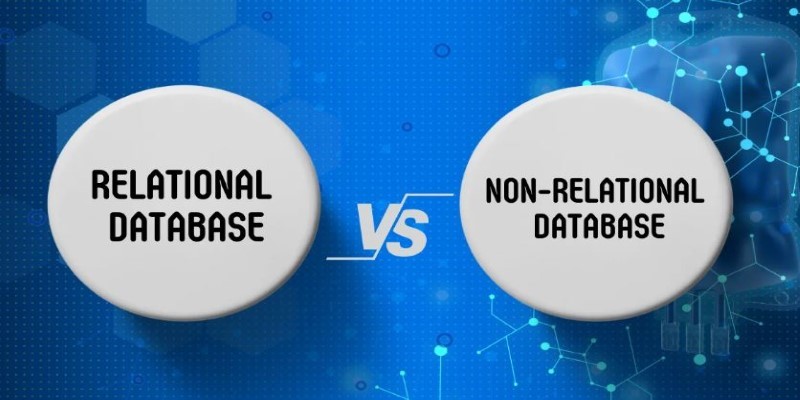
Understand the Difference Between Non Relational Database and Relational Database through clear comparisons of structure, performance, and scalability. Find out which is better for your data needs
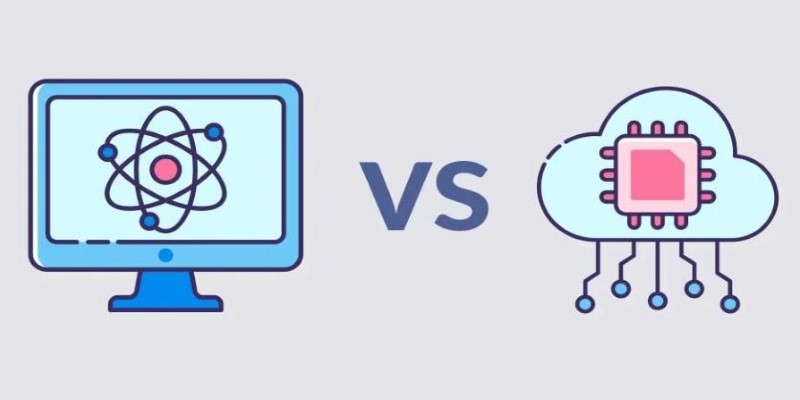
Confused between Data Science vs. Computer Science? Discover the real differences, skills required, and career opportunities in both fields with this comprehensive guide

Learn how process industries can catch up in AI using clear steps focused on data, skills, pilot projects, and smart integration

Volkswagen introduces its AI-powered self-driving technology, taking full control of development and redefining autonomous vehicle technology for safer, smarter mobility

Accessing Mistral NeMo opens the door to next-generation AI tools, offering advanced features, practical applications, and ethical implications for businesses looking to leverage powerful AI solutions

Can Germany's new AI self-driving test hub reshape the future of autonomous vehicles in Europe? Here's what the project offers and why it matters

What Hannover Messe 2025 has in store, from autonomous robots transforming manufacturing to generative AI driving innovation in industrial automation

Need to update your database structure? Learn how to add a column in SQL using the ALTER TABLE command, with examples, constraints, and best practices explained